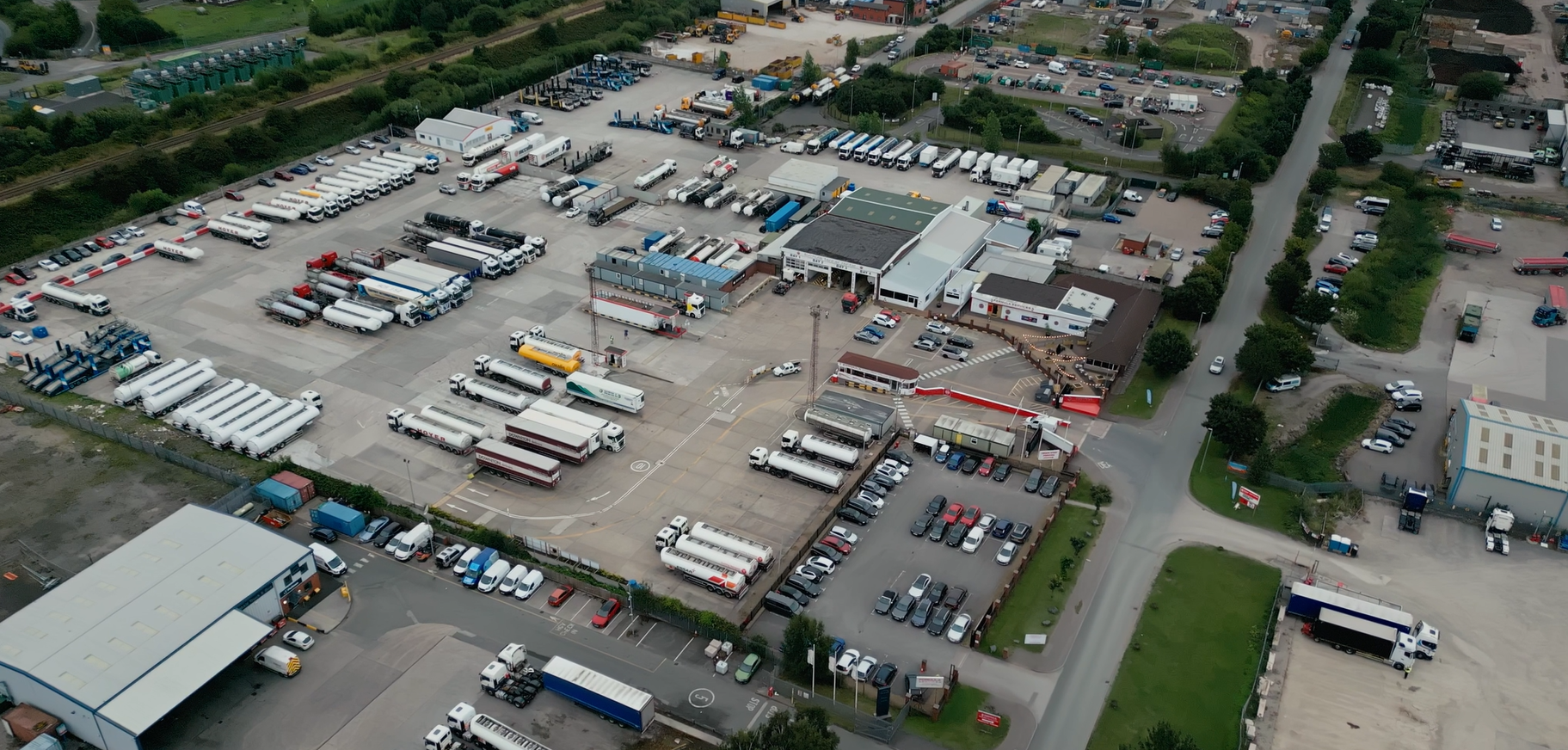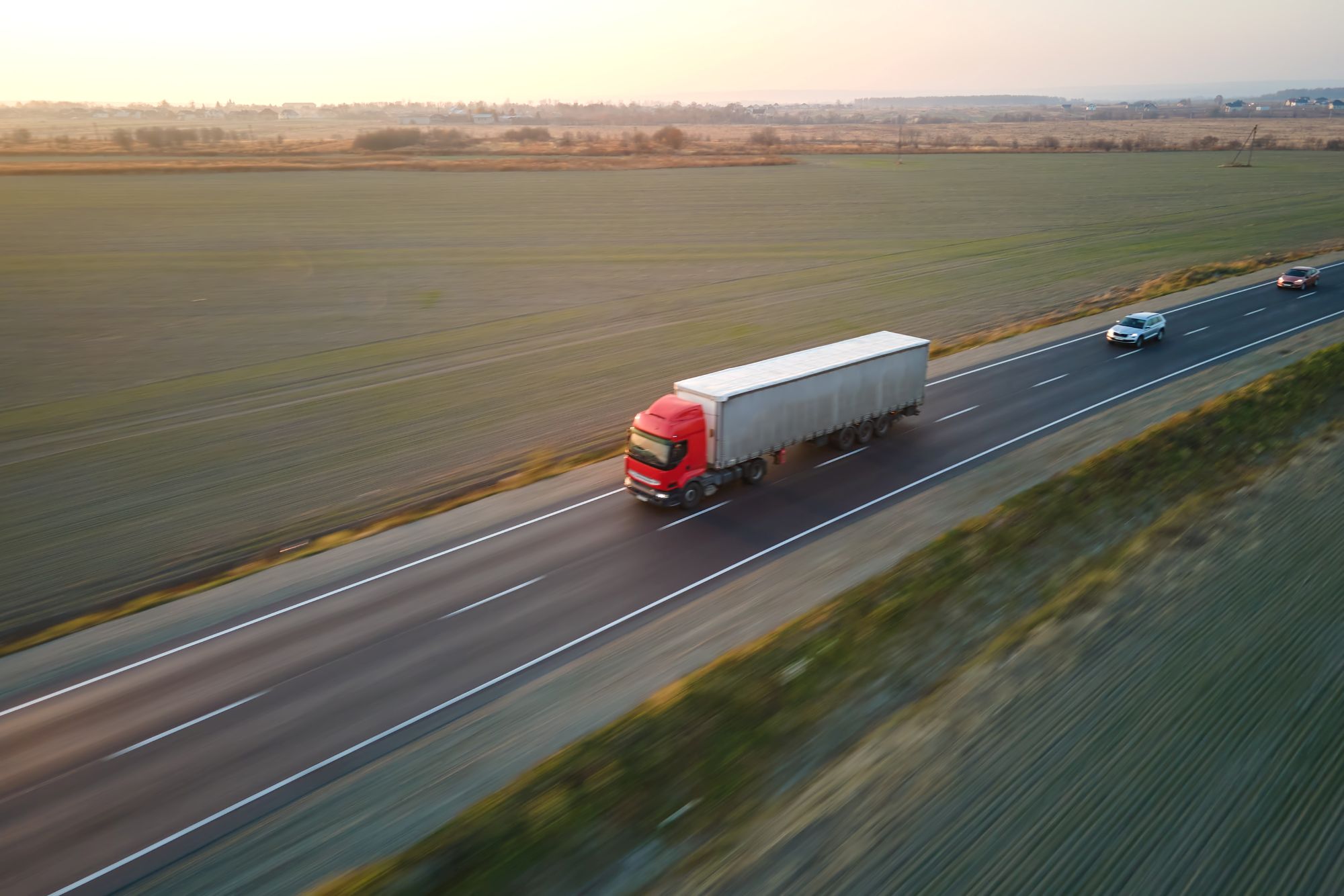
Miranda Blake
Le chemin à parcourir d'ici 2025 : Tendances à prévoir dans l'industrie du camionnage
Créée: 02/01/2025
•
Mise à jour : 02/01/2025
Du mécontentement général des chauffeurs aux récents changements du CPC des chauffeurs en passant par les retards du [système d'entrée/sortie de l'UE] (https://snapacc.com/newsroom/everything-you-need-to-know-about-the-eu-entryexit-system/), 2024 a été un tourbillon pour l'industrie de la logistique. Et les perspectives ne manquent pas pour 2025 - nous explorons ici les tendances qui devraient façonner le secteur.
Embrasser tous les avantages de l'IA
On s'attend à ce que l'automatisation joue un rôle clé dans l'année à venir. La technologie des véhicules autonomes, les systèmes de gestion des transports et les dispositifs d'enregistrement électronique évolueront, ce qui se traduira par une adoption accrue et des changements considérables au sein de l'industrie.
De plus, une augmentation de [l'utilisation de l'IA] (https://snapacc.com/newsroom/ai-and-its-impact-on-sustainability-in-the-haulage-industry/) pour [l'optimisation des itinéraires] (https://snapacc.com/newsroom/route-optimisation-with-fleet-management-software-snap-account/), la maintenance prédictive et la gestion de la flotte est à prévoir. Cela permettra d'obtenir de meilleurs résultats, tels que l'amélioration de l'efficacité opérationnelle et la réduction des coûts. L'internet des objets (IoT) et l'apprentissage automatique seront particulièrement utiles, car ils seront utilisés pour prévoir les dysfonctionnements des équipements, ce qui réduira les temps d'arrêt.
Dans le même ordre d'idées, la télématique permettra de partager des données précieuses en temps réel sur les performances des véhicules, le comportement des conducteurs et l'état des cargaisons, ce qui améliorera la sécurité et le respect des règles.
S'attaquer à l'écart entre les hommes et les femmes et à la pénurie de conducteurs
Attirer plus de camionneuses est un moyen de faire face au [manque de chauffeurs] (https://snapacc.com/newsroom/hgv-drivers-challenge-the-term-driver-shortage/). Les employeurs pourraient proposer un plus large éventail de rôles, introduire des programmes de formation et des politiques favorables aux femmes, et rendre l'environnement de travail plus inclusif. En ce qui concerne ce dernier point, les idées incluent le mentorat ou des schémas de travail mieux adaptés à la vie des camionneurs (comme des équipes de jour et la couverture d'itinéraires circulaires pour aider ceux qui ont des obligations familiales).
Cependant, les discussions sur la [page Facebook du SNAP] (https://www.facebook.com/snapaccount) ont révélé que les chauffeurs, hommes et femmes, ont besoin de changement. Si certains ont souligné que certaines choses pourraient être améliorées pour les femmes (par exemple, l'un d'entre eux a fait remarquer que 90 % des dépôts n'ont pas de poubelles sanitaires), de nombreux commentaires ont été faits sur l'ensemble des prestations offertes aux employés et sur les aménagements des relais routiers :
*Les hommes ont besoin d'un meilleur soutien en matière de garde d'enfants. S'ils le faisaient, les femmes ne seraient pas obligées d'être le "fardeau" de la main-d'œuvre en cas de maladie ou de priorités de leurs enfants. Les infrastructures sont choquantes pour les deux sexes".
*"Améliorez les conditions et les équipements pour TOUS les conducteurs et vous verrez plus de gens venir dans le secteur, hommes et femmes".
Les entreprises doivent donc réfléchir à la manière d'attirer et de fidéliser l'ensemble de leur personnel. Elles peuvent offrir une meilleure rémunération, de meilleures conditions de travail et des possibilités de développement. De même, elles peuvent mettre en place des formations pour s'assurer que les employés disposent de toutes les compétences nécessaires - pour aujourd'hui et pour l'avenir.
[Femme conduisant un camion] (https://prodsnapstorage.blob.core.windows.net/public-news/d2125d84-e2ce-4c47-9909-8b048b14a23c-Woman%20truck%20driver.jpg)
Promouvoir une industrie plus verte
La [durabilité] (https://snapacc.com/newsroom/the-road-to-sustainability-the-european-emissions-challenge-within-the-transport-sector/) sera également au centre des préoccupations, notamment en raison des lois environnementales de plus en plus strictes, de l'évolution vers le "net zero" et de la montée en flèche des prix des carburants.
Les véhicules à carburant alternatif n'ont pas répondu aux attentes en 2024, et l'on s'attend donc à ce que, même si l'innovation dans ce domaine se poursuit, l'accent soit davantage mis sur la manière dont les flottes peuvent stimuler l'efficacité opérationnelle (par exemple, en utilisant la technologie, les données et l'IA pour réduire les pertes de temps). Les entreprises chercheront également à construire des chaînes d'approvisionnement plus écologiques en travaillant avec des fournisseurs et des transporteurs plus respectueux de l'environnement.
De même, le passage aux camions électriques est en hausse - il y aura davantage de points de charge pour les VE dans les parcs à camions cette année. Toutefois, les entreprises de flottes se heurtent à des obstacles tels que des coûts initiaux importants et un nombre insuffisant d'infrastructures de recharge.
Augmentation du fret à longue distance
Enfin, on prévoit une augmentation du fret aérien et maritime, ce qui aura un effet d'entraînement sur l'industrie du transport routier. Ce phénomène est d'autant plus important que les chaînes d'approvisionnement mondiales sont de plus en plus interconnectées.
Il en résultera une augmentation du transport de marchandises sur de longues distances, d'où l'importance pour les conducteurs de faire des pauses adéquates dans des gares routières sûres. Et c'est là que [SNAP] (https://snapacc.com/) peut vous aider.
Notre application intruck compte plus de 800 sites disponibles en Europe, notamment en Autriche, en Bulgarie, en République tchèque, en Grèce, en Hongrie, en Italie et en Roumanie. Nous contribuons à simplifier la gestion des flottes et à faire en sorte que les opérateurs et les camionneurs puissent respecter [la directive sur le temps de travail des conducteurs] (https://snapacc.com/newsroom/drivers-working-time-directive-a-guide-for-truck-drivers/) en 2025 et au-delà.
Pour en savoir plus, contactez notre équipe au +44 (0)1603 777242.



